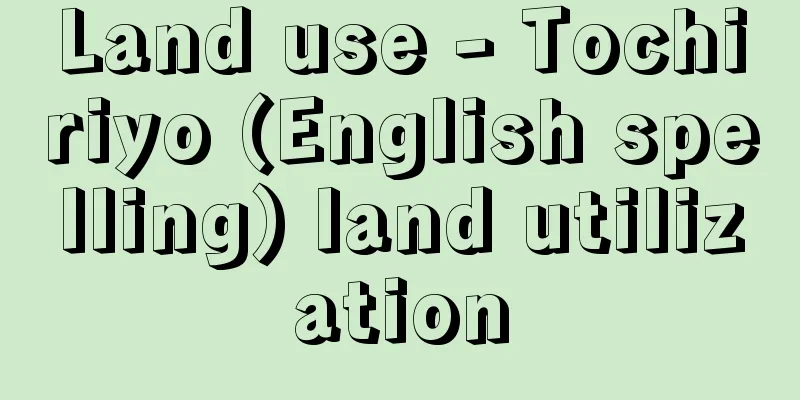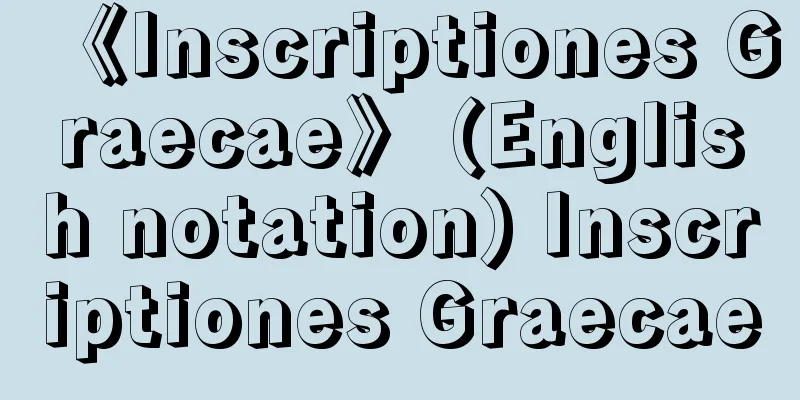Han Fei - Kanpi

|
A representative legalist thinker in China at the very end of the Warring States period. One of the princes of Han. He stuttered and was not good at speaking, but excelled at writing. It is said that he studied under Xunzi along with Li Si. When Qin attacked him, he went to Qin as an envoy from Han, but Li Si became jealous and forced him to commit suicide in prison, which ended his life. Lamenting the poverty of his country, he wrote to admonish the King of Han, but his admonitions were not accepted. He left behind excellent writings analyzing the reality and providing countermeasures. With a progressive view of history, he criticized Confucian moral governance as anachronistic, stating that morality was accepted in the past but that today is an age of willpower. He believed that the relationship between a lord and his subjects was based on self-interest, not mutual trust, and that the lord should use a calm and idle attitude, not expressing his innermost intentions or even likes and dislikes, to manipulate his subjects. He also advocated the implementation of practical politics, such as the practice of participating in the form and name, which seeks to align duties (name) and achievements (form) based on objective and inevitable laws and forces, rather than subjective and accidental wisdom and faith, and rewarding and punishing according to merit, as a means of strengthening and centralizing the monarch's authority. He is said to have inherited and integrated the ideas of Shang Yang's law, Shen Fugai's art, and Shendou's force. He also emphasized that merchants and artisans and scholars, who are of no use in enriching the country and strengthening the military, should be suppressed, and that the focus should be on the farming and warfare people, who farm in peacetime to generate wealth and fight against foreign enemies in wartime, and advocated a policy of heavy farming and suppressing commerce. His view of human beings, perhaps due to the influence of Xunzi, is based on the idea of fundamental evil, and he does not place any hope in "natural good" such as people's independent improvement or goodwill, but instead advocates the implementation of a "path of necessity" that involves severe punishment so that no evil person can commit evil. [Takio Sawada, December 14, 2015] Han FeiziThere are 55 chapters in the Han Feizi that are credited to him, but few are confirmed as his own work. The Records of the Grand Historian attributes the chapters Solitary Fury, Five Swarms, Internal Income, External Income, Essaying on Lin, and Discourse on Difficulties to him, but this is not certain. According to the philological research of Rong Zhaozu (1897-1994) and Kimura Eiichi (1906-1981), the only four that are commonly acknowledged as his own work are Solitary Fury, Enslaving Ministers, Five Swarms, and Revealing Learning. In addition, Kimura believes that he wrote two chapters, Essaying on Difficulties and Heshi, while Rong believes that he wrote the Difficulty chapter and over ten other chapters. It is said that the ideas of the arts were influenced by Taoism, and the Han Feizi also contains two chapters related to the Laozi, Explaining Lao and Referring to Lao. [Takio Sawada, December 14, 2015] "Rong Zhaozu's 'Considerations of Han Feizi' (1934, Shanghai Commercial Press)" ▽ "Kimura Eiichi's 'Studies in Legalist Thought' (1944, Kobundo/1998, Ozorasha)" ▽ "Tanaka Kotaro's 'Legalist Legal Positivism' (1947, Fukumura Shoten)" ▽ "Onozawa Seiichi's 'Legalist Thought' (included in 'Lecture Series on Eastern Thought, Vol. 4', 1967, University of Tokyo Press)" ▽ "Itano Chohachi's 'The Development of Views on Humanity in Ancient China' (1972, Iwanami Shoten)" ▽ "Onozawa Seiichi's translated and annotated 'Complete Commentary on the Chinese Classics Series 20 & 21: Han Feizi', volumes 1 and 2 (1975, 1978, Shueisha)" ]Source: Shogakukan Encyclopedia Nipponica About Encyclopedia Nipponica Information | Legend |
|
中国、戦国時代最末期の代表的法家思想家。韓の諸公子の一人。吃音(きつおん)で弁説は不得意であったが、著述に優れた。李斯(りし)とともに荀子(じゅんし)に学んだという。秦(しん)からの攻撃に際して韓の使者として秦に赴いたが、李斯にねたまれ、獄中で自殺させられて生涯を終える。自国の窮乏を憂え、韓王を書面でいさめたが採用されず、現実の分析と対策についての優れた著述を残した。進歩的歴史観をとる彼は、昔は道徳が通用したが現在は気力の時代であるとして、儒家的徳治を時代錯誤であると批判する。君臣関係は相互信頼ではなく利害打算的なものであるとして、君主は自己の胸中の意図や好悪すら外に表さない無為虚静の態度を術として臣下を操縦し、また主観的、偶然的な智(ち)や信によらず、客観的、必然的な法や勢による職務(名)と業績(形)の一致を求める形名(けいめい)参同や信賞必罰といった実務本位の政治の実行を主張した。こうして彼は君主権強化、中央集権化の方策として、商鞅(しょうおう)の法、申不害(しんふがい)の術、慎到(しんとう)の勢の思想を継承し総合したとされる。また富国強兵には無益な商工の民や学者を抑圧し、平和時には耕作して富を生み戦時には外敵と戦う耕戦の民を重視すべきことを強調して、重農抑商政策を主張する。人間観は、荀子の影響によるものか性悪説的で、人の自主的向上や善意といった「適然(たまたま)の善」に期待せず、いかなる悪人も悪をなしえないよう厳罰主義の「必然の道」の実行を主張する。 [澤田多喜男 2015年12月14日] 韓非子著作は、彼の名に託せられた『韓非子』55篇(へん)が現存するが、彼の自著と確認されるものは少ない。『史記』では孤憤・五蠹(ごと)・内儲説(ちょぜい)・外儲説・説林(ぜいりん)・説難の諸篇を彼の著作とするが、確かではない。容肇祖(ようちょうそ)(1897―1994)・木村英一(1906―1981)の文献学的研究によれば、共通して自著と認めるのは、孤憤・姦劫弑臣(かんごうししん)・五蠹・顕学の4篇にすぎない。このほか木村は説難、和氏の2篇を、容は難篇ほか10余篇を自著と推定している。なお術の思想には道家の影響があるとされ、『韓非子』にも『老子』とかかわる解老・喩老(ゆろう)の2篇が収められている。 [澤田多喜男 2015年12月14日] 『容肇祖著『韓非子考證』(1934・上海商務印書館)』▽『木村英一著『法家思想の研究』(1944・弘文堂/1998・大空社)』▽『田中耕太郎著『法家の法実証主義』(1947・福村書店)』▽『小野澤精一著『法家思想』(『講座東洋思想 第4巻』所収・1967・東京大学出版会)』▽『板野長八著『中国古代における人間観の展開』(1972・岩波書店)』▽『小野澤精一訳注『全釈漢文大系20・21 韓非子』上下(1975、1978・集英社)』 [参照項目] | | | | | |出典 小学館 日本大百科全書(ニッポニカ)日本大百科全書(ニッポニカ)について 情報 | 凡例 |
<<: Gampi (Caryophyllaceae) - Gampi
Recommend
Li Cheng-liang (Li Chengliang)
[Born] 5th year of Jiajing (1526) [Died] 1615 (43r...
Guillotine Company - Guillotine Company
A terrorist organization formed in 1922 by Furuta ...
Kusano
Ichibacho is a former post town in the eastern pa...
Masakoto Sano
Year of death: 4/4/1784 (5/21/1784) Year of birth:...
Not cut
...The residue left over after soy milk is extrac...
Hattusili III
? - c.1250 BC The 10th king of the New Hittite Kin...
Lampard, DG (English spelling)
…Based on the principle discovered by AMThompson ...
Iris Parida - Irisparida
...There are a huge number of varieties, with mor...
component stereo system
...This distortion is called intermodulation dist...
habitual residence
…In addition, the address of the parties may be m...
Ion channel
A type of information transmission mechanism in ce...
Elbasan (English spelling)
The administrative center of the Elbasan region in...
Pecopteris (English spelling)
A genus of fossil plants. The genus includes cycad...
Ishii Issai
…During the Edo period, they served the Kaga and ...
Northern goldenrod - Northern goldenrod
...It is distributed in the alpine zone of Hokkai...









